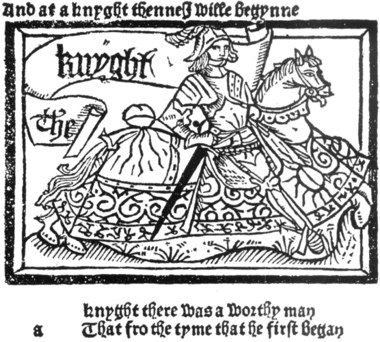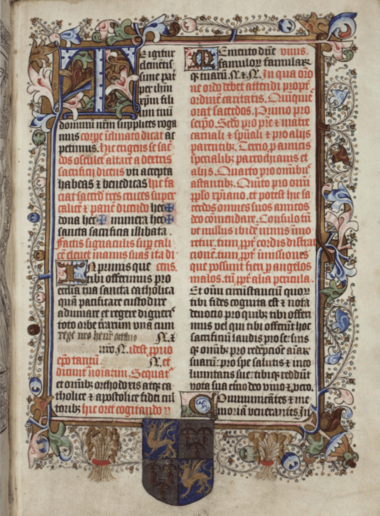Richard Pynson facts for kids
Richard Pynson (born around 1449 – died around 1529) was one of the very first people to print books in English. He was born in Normandy, a region in France. Later, he moved to London, England. There, he became a top printer, following in the footsteps of William Caxton, another famous early printer. Pynson's books were known for being very well made. His book called the Morton Missal (printed in 1500) is still considered one of the most beautiful books printed in England during that time.
Pynson was chosen to be the King's Printer for both King Henry VII and King Henry VIII. This important job meant he printed many official legal papers. Besides these, he also made a wide variety of other books. These included the first printed cookbook in English, a special illustrated version of The Canterbury Tales, and the first English book to use a new style of letters called roman type.
Contents
Life and Printing Career
Starting Out as a Printer

Richard Pynson was originally from Normandy. An old record, which is now lost, said he was "originating in Norman parts." This record was from when he became an English citizen around 1493. The first mention of him might be in 1464. He was listed as a student at the University of Paris.
We don't know exactly when Pynson moved to London. However, a historian found a glover (someone who makes gloves) named Richard Pynson in London in 1482. This glover lived in the same area where a printer named Richard Pynson worked in the 1490s. But we can't be sure if they were the same person.
It's also not known where or with whom Pynson learned printing. Some experts think he might have trained in France or with other printers in London. He once called William Caxton his "worshipful master." However, it seems unlikely he actually worked for Caxton.
Pynson started his own printing business by 1492. That year, he printed Doctrinale, which was his first book with a date on it. It's thought that he took over another printer's business around 1490. This would have included their tools, books, and customers. For his first few years, he worked just outside the city of London. But in 1501, he moved into the city. This might have been to be closer to other book businesses. He set up his shop in Fleet Street and stayed there until he died.
Later Years and Royal Printer
Pynson became the King's Printer for King Henry VII in 1506. Later, he continued this role for King Henry VIII. This job was very important and also came with a yearly payment.
Pynson ran his printing business carefully. He didn't take big risks. He also didn't focus much on getting support from rich people for his books, even though that was common for printers back then. He didn't seem to import books from other countries either.
Pynson was a successful businessman. He was described as "a systematic, careful man of business." As a printer, he was praised for his "sense of style." This made his books stand out from other English printers of his time.
Pynson passed away in late 1529 or early 1530. He was around 80 or 81 years old. He had been married twice and outlived both his wives. He had a daughter named Margaret. Her husband helped finish the very last book from Pynson's printing press in July 1530. After Pynson's death, another printer named Robert Redman took over his printing house and materials. Redman also became the next King's Printer.
Books Pynson Printed
Pynson published about 400 different books during his career. This was fewer than his main competitor, Wynkyn de Worde. However, experts say Pynson's books were generally of higher quality. Together, Pynson and de Worde printed about two-thirds of all the books made for the English market between 1500 and 1530.
In 1496, Pynson printed a book by the Roman poet Terence. This was the first classic book printed in London. In 1500, he published The Boke of Cokery, which was the first printed cookbook in English. In the same year, he also made the Morton Missal. This book was printed in black and red and had beautiful hand-drawn decorations. It was later called "the finest book printed in the fifteenth century in England."
Many of Pynson's books were about law. These included official laws from the king and legal handbooks. He also printed many religious books. These included prayer books and two more Missals. He even printed Assertio septem sacramentorum (1521). This was King Henry VIII's book arguing against the ideas of Martin Luther, a leader of the Protestant Reformation. Because of this book, the pope gave King Henry the special title of "Defender of the Faith."
Besides serious books, Pynson also printed popular adventure stories like Sir Tryamour. He also printed a travel story called Ways to Jerusalem by Sir John Mandeville. In 1509, he printed a translation of a funny book called The Ship of Fools. In this book, Pynson introduced roman type to England. This new style of letters eventually became very common, but not during his lifetime.



